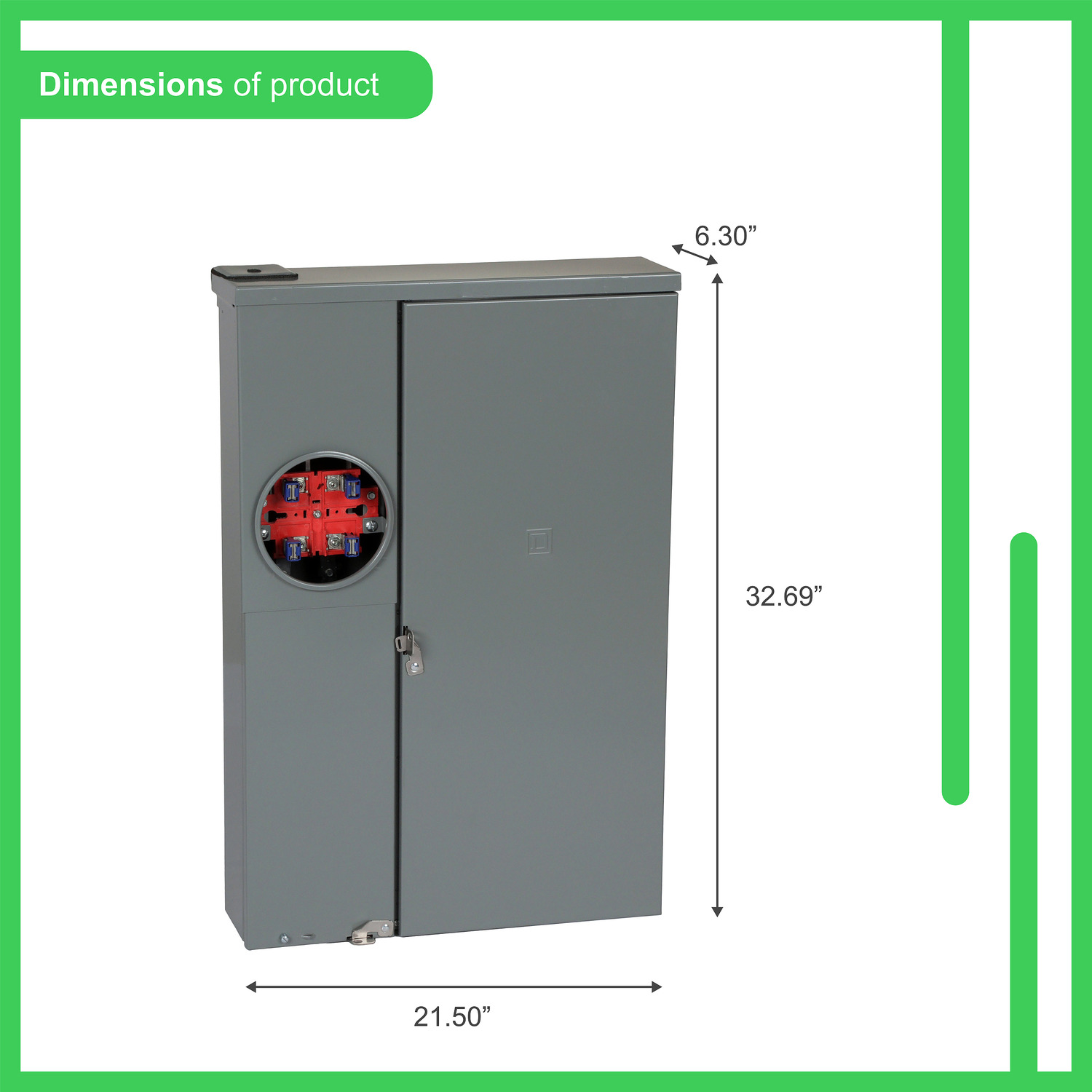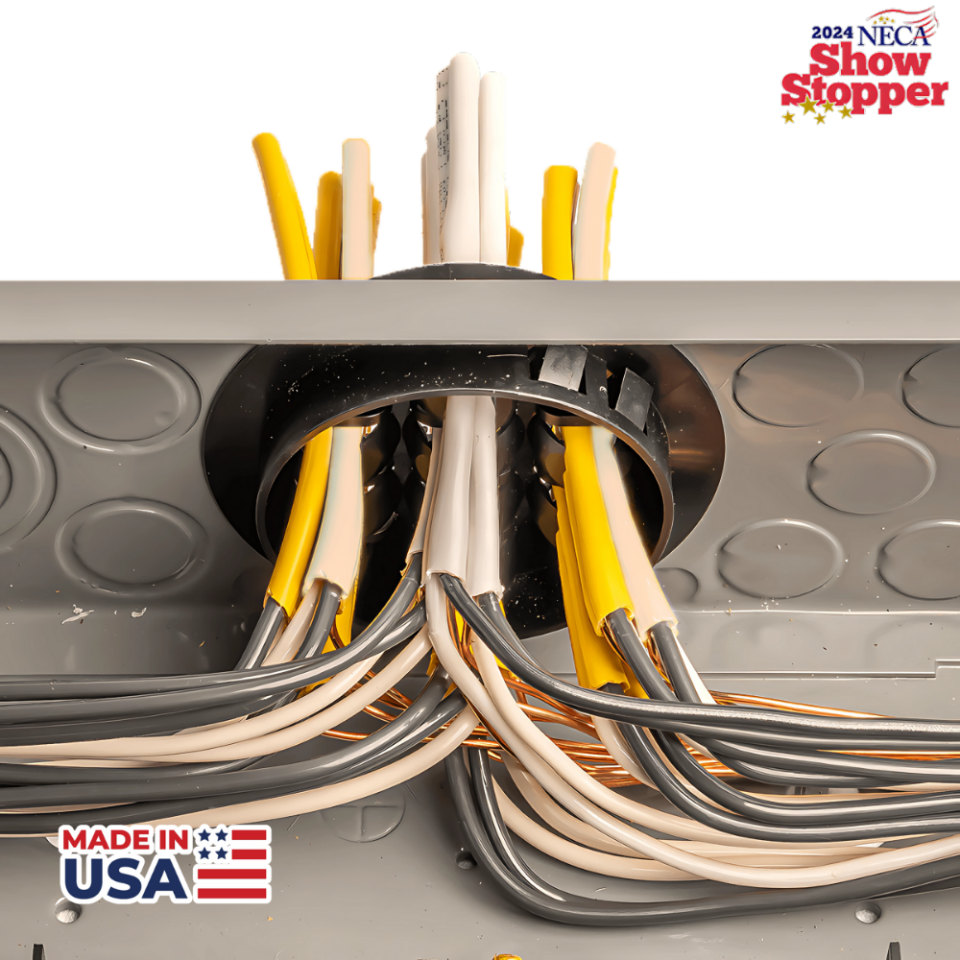marmathsen
Senior Member
- Location
- Seattle, Washington ...ish
- Occupation
- Electrical Contractor
We're working on a DADU where we are wiring everything with NM cable and using an exterior surface mounted meter/main with distribution. What is a compliant way to enter the enclosure with ~22 circuits? I just read through this thread, I'm not sure there's a great option. The cabinet has two 2.5" KOs, so what I want to do is use a 2.5" PVC TA, staple within 12", run most of the cables through the TA, and duct seal it, but it seems pretty clear that's a violation. I like the idea of a TA because then waterproofing the penetration seems more ideal since it extends past the building envelope. I also found this Wire Waffle from Rack-a-Tiers which seems like it would work but then waterproofing seems hard. I could swiss cheese the back with a bunch of field cut KOs, but again, waterproofing.
Curious what others think the best method would be for cable entry and how do you picture water proofing. Is there a better method than building up a fat ring of sealant (silicone? duct seal?) around the penetrations through the wall and then squish them down as I mount the cabinet? Maybe just seal the gap around the back edge of the cabinet after it's mounted and call it a day (although does that defeat the pupose of the 1/4 gap)?
As always, thanks in advance for the help.
Rob G
Seattle Area
References

 www.se.com
www.se.com
NEC 312.5(C)
NEC 334.30

 rack-a-tiers.com
rack-a-tiers.com
Curious what others think the best method would be for cable entry and how do you picture water proofing. Is there a better method than building up a fat ring of sealant (silicone? duct seal?) around the penetrations through the wall and then squish them down as I mount the cabinet? Maybe just seal the gap around the back edge of the cabinet after it's mounted and call it a day (although does that defeat the pupose of the 1/4 gap)?
As always, thanks in advance for the help.
Rob G
Seattle Area
References
SC3042M200PS - All in one, Homeline, CSED, ringed socket, 200A, surface mount, 30 spaces, 42 circuits, 22kA SCCR, no bypass, solar ready | Schneider Electric USA
Schneider Electric USA. SC3042M200PS - All in one, Homeline, CSED, ringed socket, 200A, surface mount, 30 spaces, 42 circuits, 22kA SCCR, no bypass, solar ready.
NM-B panel entry question
So I've come a cross a simple little thing that has me scratching my head. Guy has his house panel in his garage. Since he has installed a surface mounted manual transfer switch ahead of the panel, he decided to install the panel on the surface rather than flush (recessed between the studs)...
forums.mikeholt.com
NEC 312.5(C)
NEC 334.30

Wire Waffle - Multiple NM Cable Connector - Rack-A-Tiers Since 1995
Installed in 2.5” panel knockouts to connect up to 16 different cables through a single hole. Cut labor time down by reducing the number of KO’S electricians will have to open. This one-of-a-kind connector will reduce wear and tear on tools, clean up panels, make panel upgrades significantly...




